


This is the fourth and final volume cataloguing the Qur’anic material in the Collection; it is published in two parts and includes over 150 Qur’ans produced in the period after 1600.
Part One deals mainly with Ottoman, Iranian and Indian Qur’ans of the 17th and 18th centuries. It also includes a range of material from areas outside the Islamic empires, such as China and the Swahili coastlands of East Africa, and there are sections on later Qur’ans from Morocco and from the Sahel regions to the south.
Part Two covers the 19th century in Iran and the Ottoman empire, showing that the period was one of sumptuous brilliance with respect to Qur’an production.
In several cases the essays that introduce each group of manuscripts break new ground. No previous study of Chinese Qur’an production has been published, and the essay on Ottoman Qur’ans from the 17th and 18th centuries offers an original explanation of the development of Qur’anic calligraphy in this period.
Manijeh Bayani – Specialist in Persian and Arabic epigraphy; contributor to most of the catalogues in the Nasser D. Khalili Collection of Islamic Art series
Tim Stanley – Senior Curator, Middle Eastern collection, Victoria and Albert Museum, London; specialist in Islamic manuscript production, calligraphy and the decorative arts and has a longstanding interest in Ottoman culture
The late Professor J.M. Rogers – Fellow of the British Academy; Honorary Curator, Nasser D. Khalili Collection of Islamic Art; Former Deputy Keeper of the Department of Oriental Antiquities, British Museum, London; inaugural Nasser D. Khalili Chair of Islamic Art and Archaeology, School of Oriental and African Studies, University of London; specialist in many aspects of Islamic culture and history, especially Seljuk and Ottoman arts
Part Two: 300 pages; fully illustrated in colour, halftone illustrations of colophons; hardback with dust jacket (slipcased) 36 x 26 cm; 2009; ISBN: 978-1-874780-76-2
PURCHASE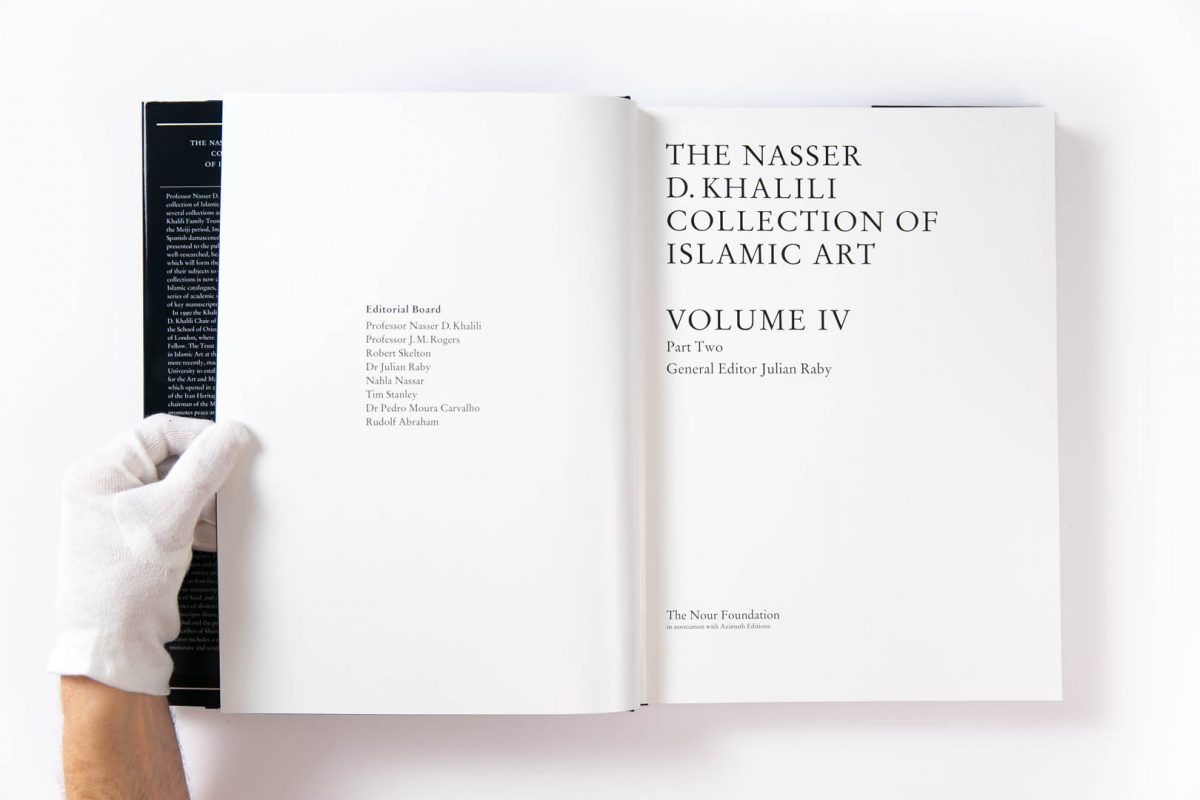
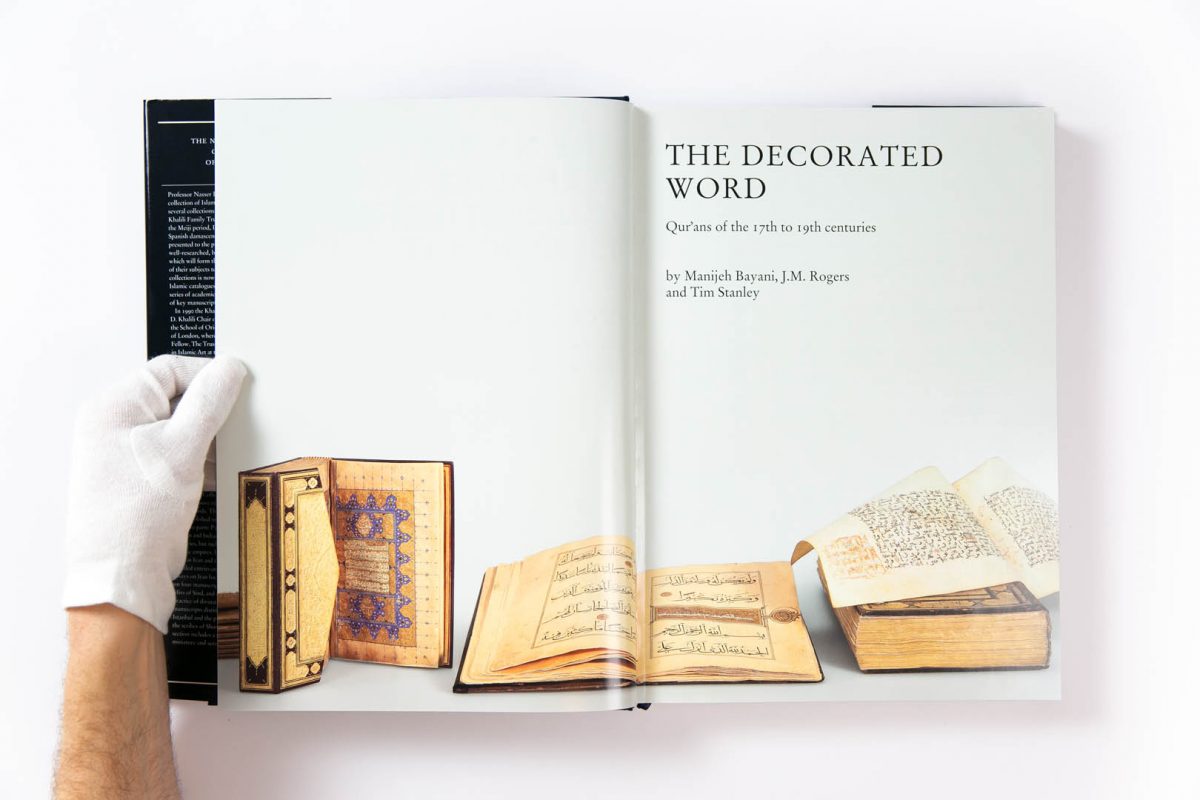
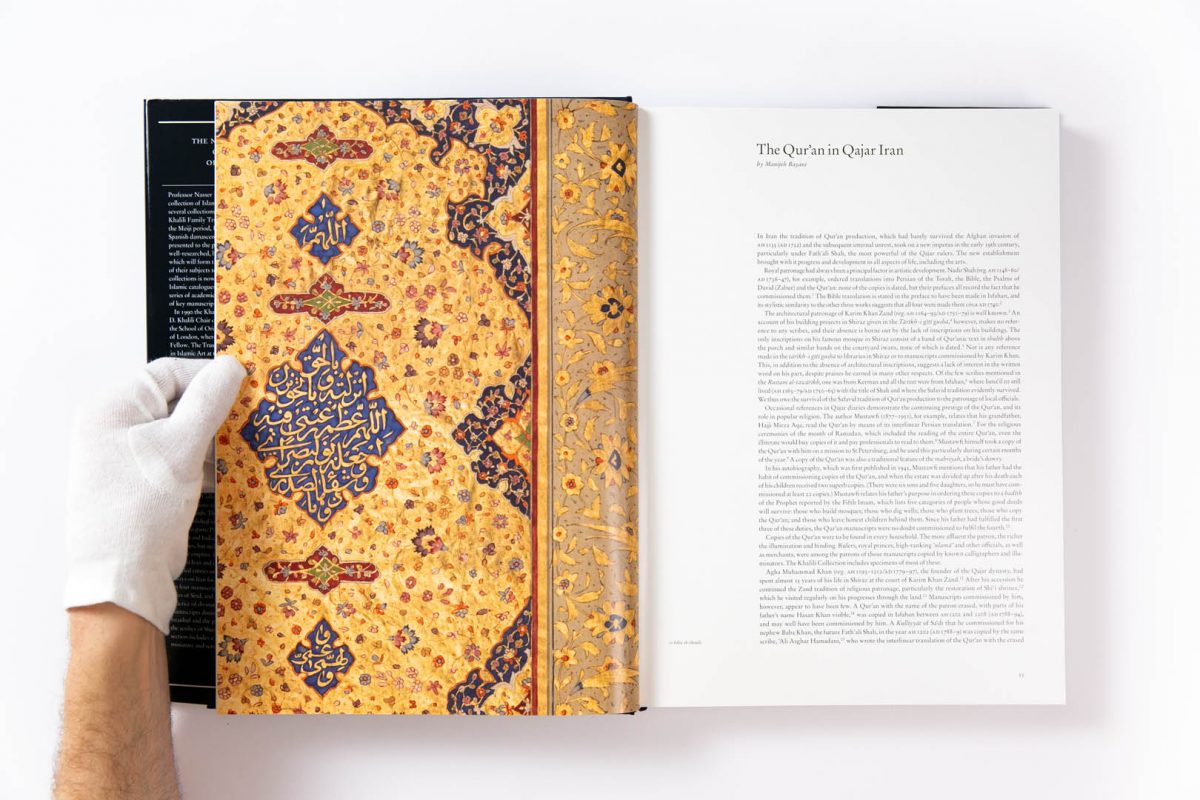
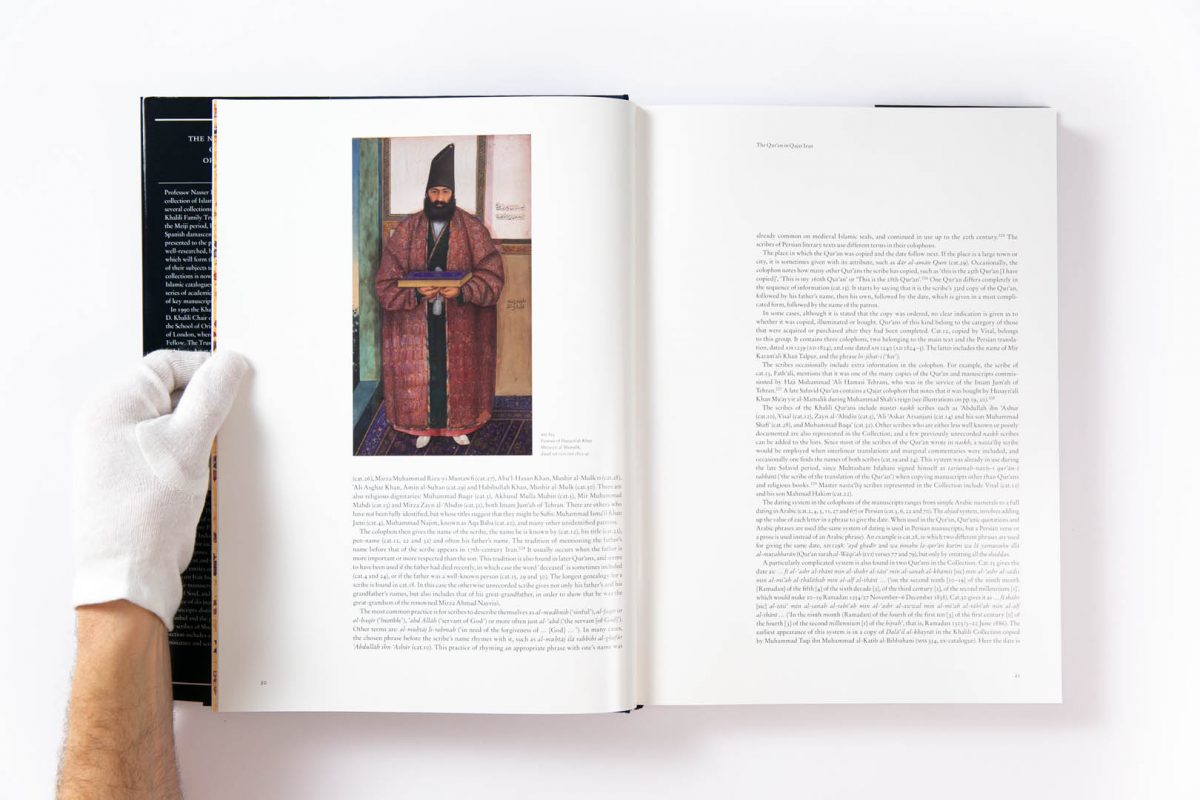
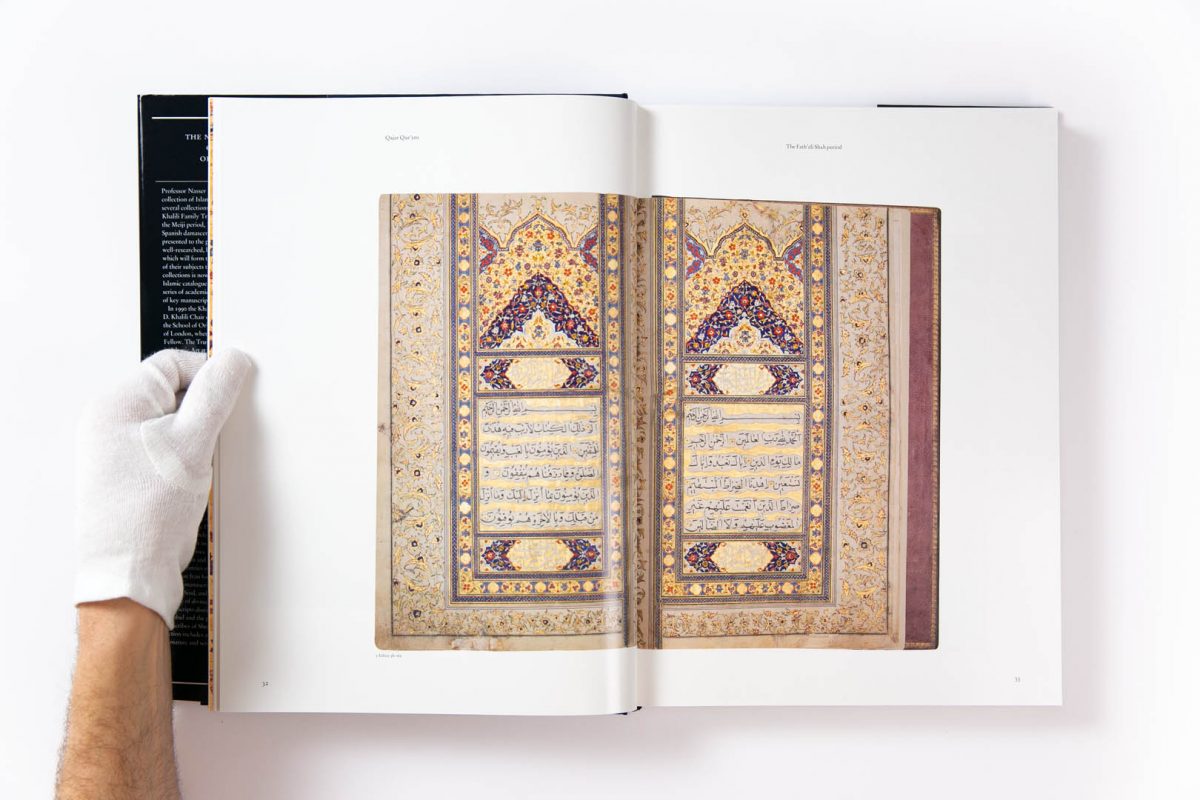
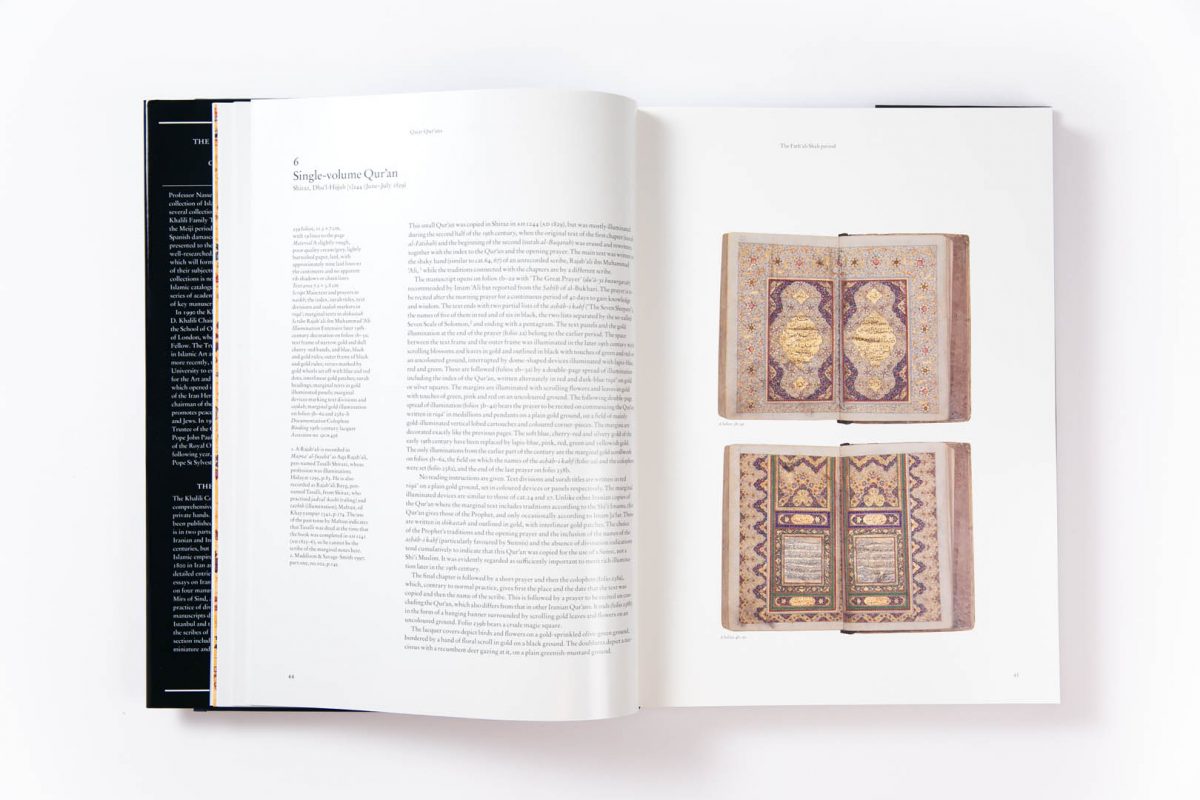
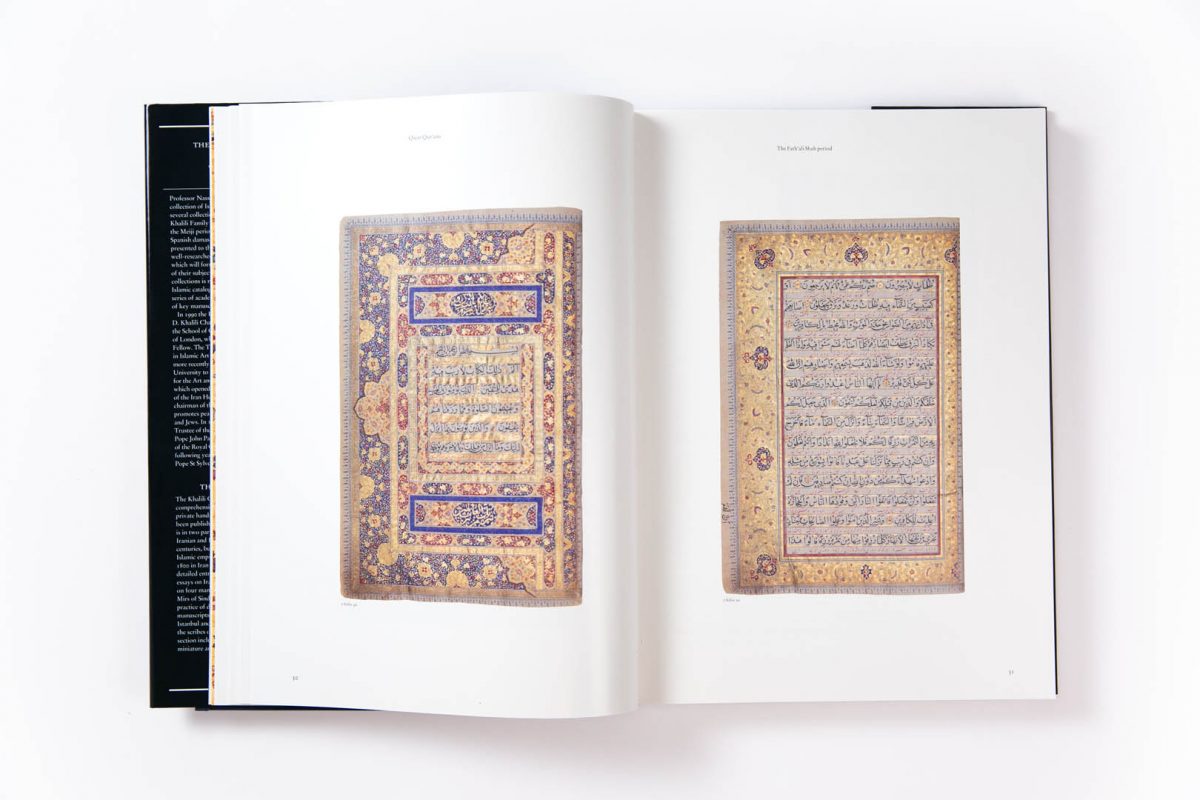
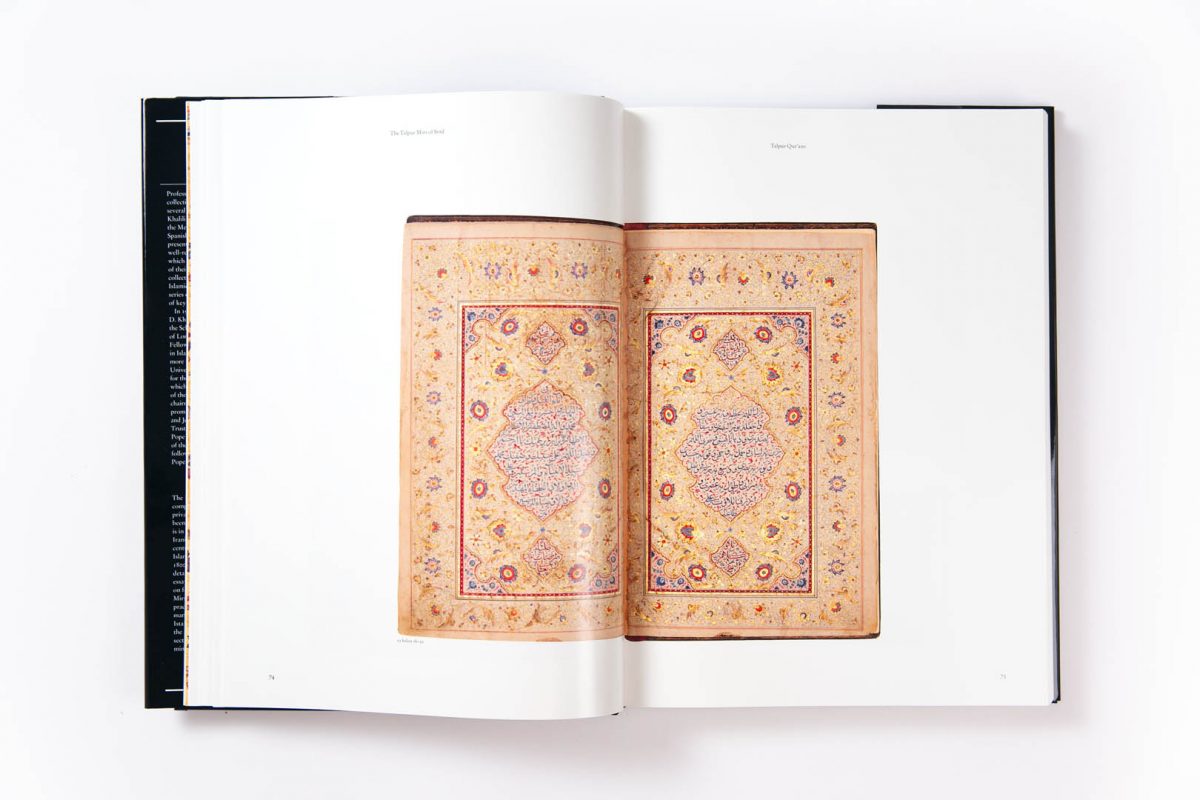
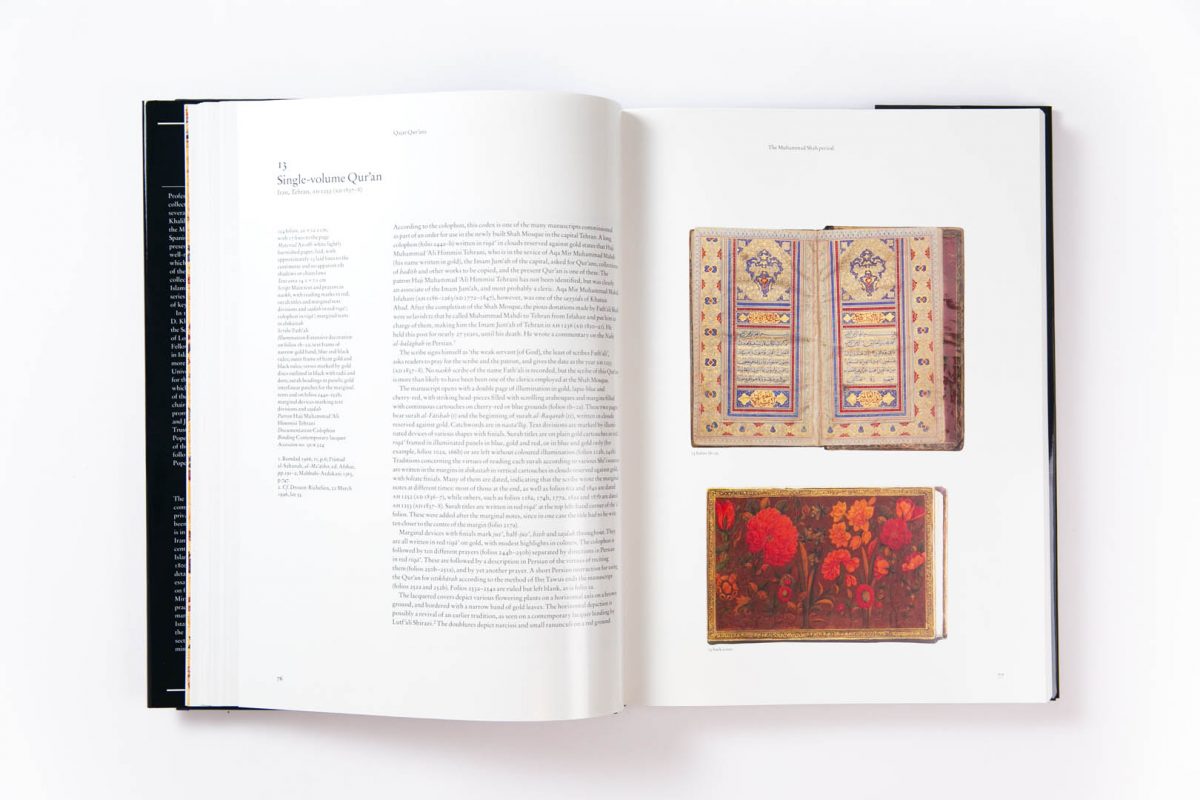
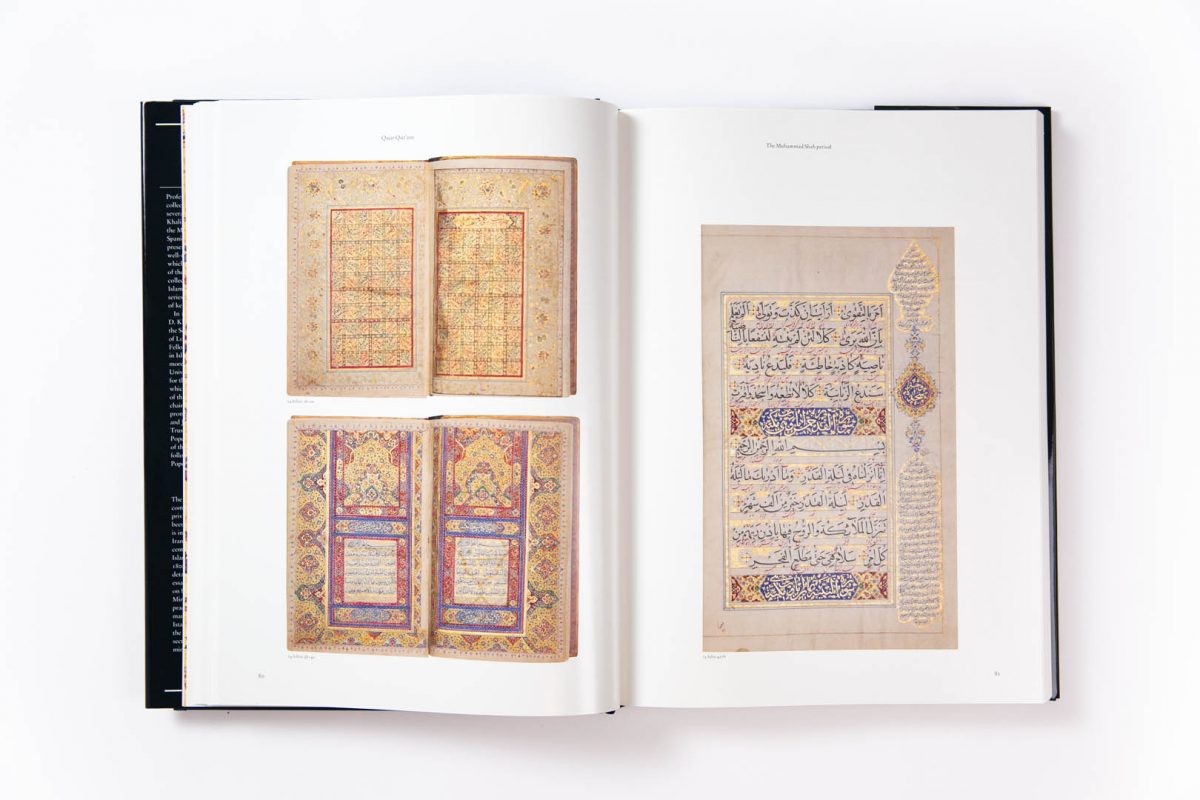
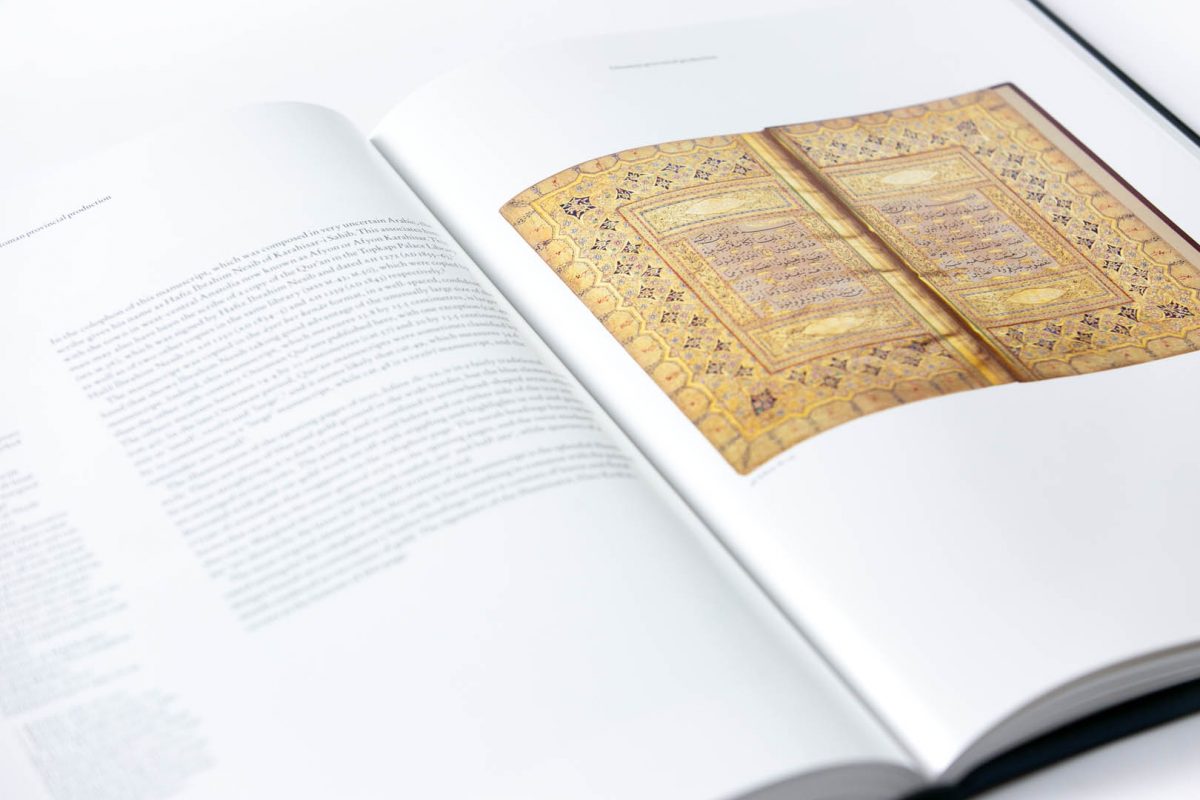
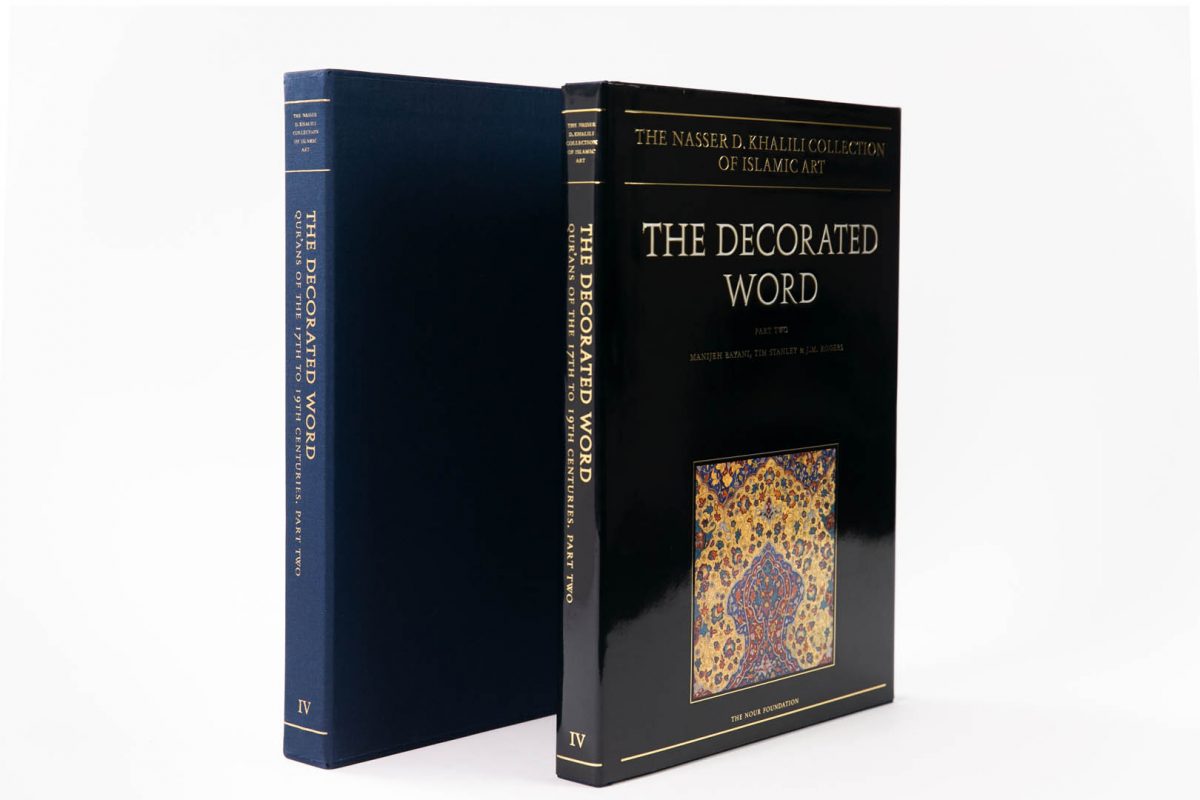
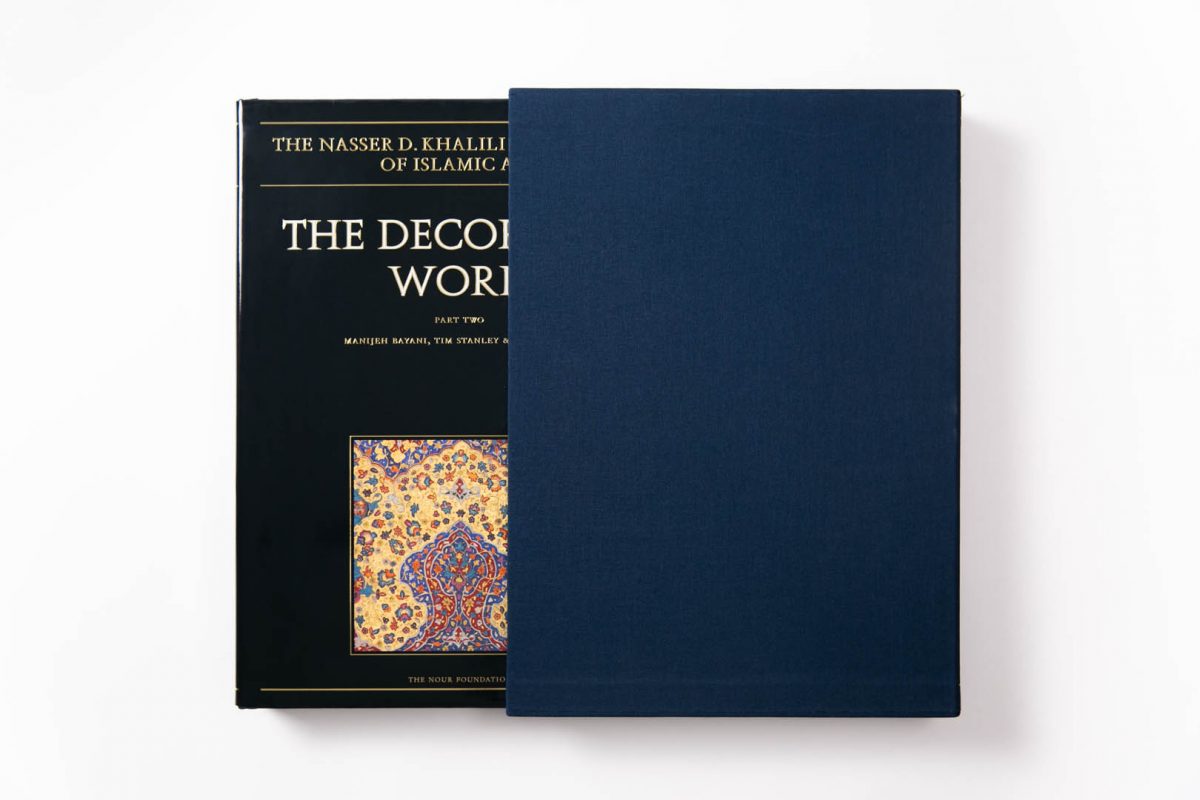
Please register your email to download a pdf of this book.